SPUC Spotlight: Pedi Express - Pediatric Urgent Care at University Children’s Health
San Antonio, Texas
By Robert Sanders, DO
 University Health System is a nationally recognized teaching hospital and network of outpatient healthcare centers, owned by the people of Bexar County. In partnership with UT Health San Antonio, it is consistently recognized as a leader in advanced treatment options, new technologies and clinical research for both children and adults.
University Health System is a nationally recognized teaching hospital and network of outpatient healthcare centers, owned by the people of Bexar County. In partnership with UT Health San Antonio, it is consistently recognized as a leader in advanced treatment options, new technologies and clinical research for both children and adults.
University Children’s Health offers comprehensive pediatric services, from primary care to advanced specialized care for the most complex diseases. Hundreds of UT Health San Antonio specialists offer nearly every type of outpatient service for children inside the Robert B. Green Campus downtown. University Hospital is also home to the only Level I pediatric trauma center and pediatric burn program in South Texas.
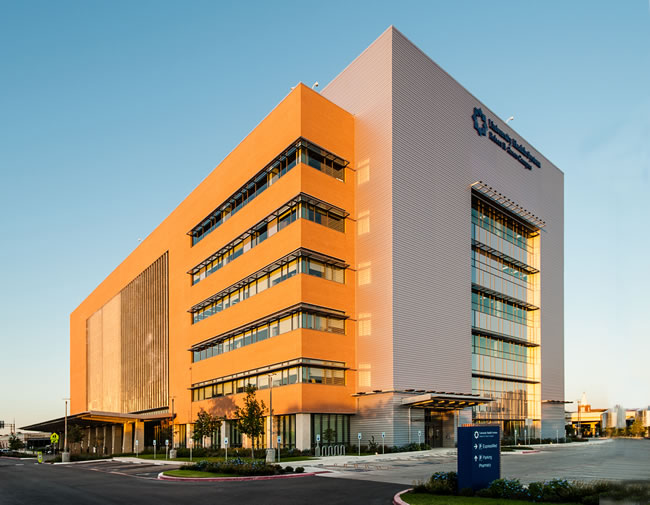
Robert B. Green Campus
As part of University Children’s Health, Pedi Express is an Urgent Care clinic near downtown San Antonio about a mile from the well-known River Walk area on the Robert B. Green campus. It is on the first floor of a large multispecialty outpatient building. On the same floor is a pediatric resident clinic and adult urgent care. Additionally, there are multiple adult and pediatric primary care clinics, pediatric and adult specialty clinics and a pediatric complex care clinic on other levels in the building. On-site ancillary services include plain film x-ray on the same floor as the clinic as well as MRI, CT and ultrasound available 8:00 am - 4:00 pm daily. There is a full lab in the building.
The Pedi Express clinic is staffed Monday through Saturday by a pediatrician and one to two advance practice providers, depending on the volumes. Clinic staffing is a mix of RN, LVN and MA. There is always at least one RN working. The clinic has 10 total rooms. We flex three of the rooms during the day depending on volumes to the pediatric resident clinic on our floor.
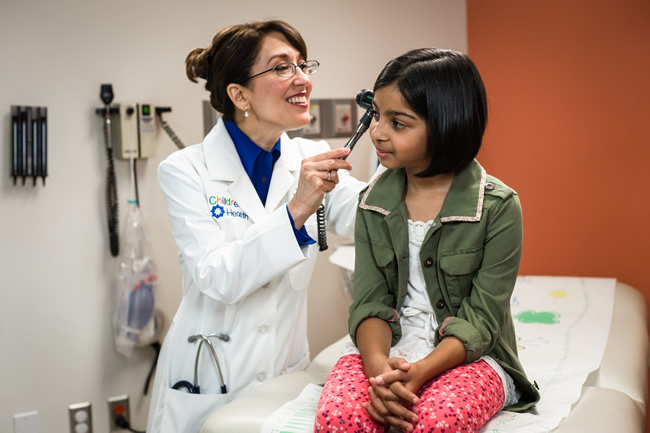
The scope of care in the clinic includes what most standard pediatric urgent cares do, including basic laceration management with sutures and tissue adhesive, mild to moderate asthma and bronchiolitis, IV fluids and medications, as well as managing many orthopedic injuries. We also care for complex care children who are technology dependent including tracheostomies, home ventilators and feeding tubes. We do not administer anxiolysis medications (i.e. intranasal midazolam). We also do not have any resuscitation capabilities on site beyond BLS capabilities. In the event of an emergency we call 911.
Being part of a large primary care network with limited PCP access, the urgent care clinic has had to perform some functions not traditional urgent care in nature in order to support the children our health system cares for. We have been doing sports physicals - more in the summer when the urgent care isn’t as busy. We do have access to the PCP EMR but have made it very clear that if any issues arise we need to refer them back to the PCP in the health system. Additionally, we have been doing hospital follow-ups from the newborn nursery. This usually involves bilirubin and/or weight checks and basic counseling. Patients are scheduled with a PCP around one week of age. We see patients who require rabies vaccines as follow-ups to the initial RIG/rabies vaccine in the ED.
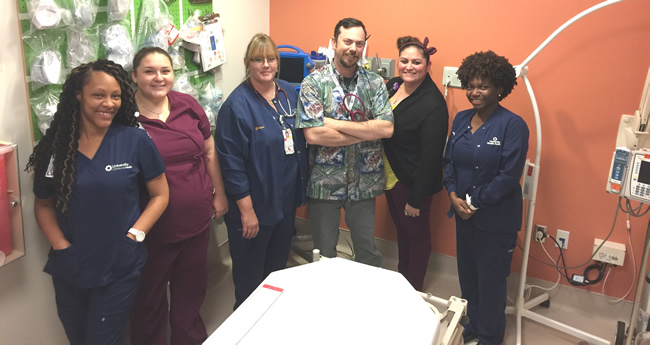
Pedi Express 2016 annual volume was about 14,500 patients with an average daily census of 40-50 patients per day. Over 85% of our patients are covered by Medicaid. The additional 15% are a mix of some private, unfunded and Carelink (a financial assistance program to access quality healthcare services through University Health System). About 50% of our patients see their primary care provider in the health system. Our geographic catchment area is primarily within a few miles of our clinic.
The clinic has been open for almost three years. It started out with one doctor, an LVN and MA. We saw tremendous growth our first year and have continued to grow our volume over 20% annually. We have always been patient focused and have developed processes to assure high quality care in the least amount of time possible.
The clinic is a pediatric training site for the UT Health Family Medicine program. Third year family medicine residents do one-month rotations in the clinic. First year residents intermittently rotate with the clinic and we usually have them in the clinic one morning weekly. We host residents all year long. We have found that third year residents are more equipped to work in the urgent care environment as they can keep up with the pace and it gives them the opportunity to see a lot of pediatric patients.
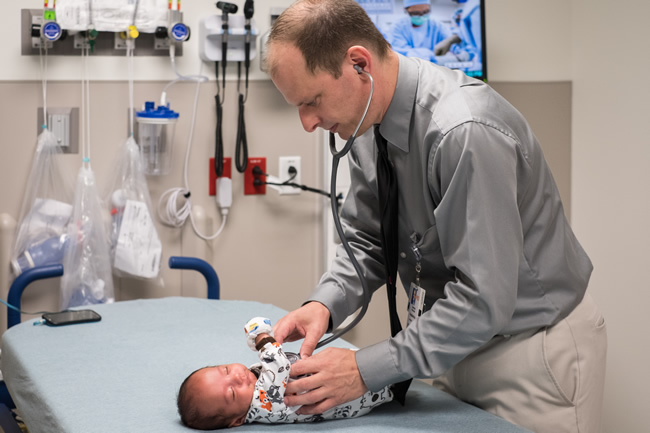
Many things have contributed to the success and growth of the clinic, with one of the most important being our focus on treating patients and families well. We provide ongoing customer service education, and work hard to make the work environment fun and fulfilling. We were discussing this one morning in our daily huddle when one of our nurses who had worked in the health system for 15 years said that this was the first clinic that she had worked in that patients and families had hugged her and thanked her for her care. Stories like that illustrate how strongly our commitment is and how impactful the work environment can be to the quality of bedside care.
In addition to compassionate care, timeliness is a huge driver in patient satisfaction and, ultimately, success. Our average patient is discharged within about 45 minutes of signing in. Many patients can move through the process and be discharged within 18 minutes when the moon and stars align. This is immensely convenient for families.
We have marketed in the geographic area around the clinic in the form of billboards and bus shelter advertisements. We have advertised in local children-oriented periodicals. We also send out a flyer one to two times per year with clinic information as well as information about when to choose urgent care or emergency care. Additionally, and likely more impactful, are regular face-to-face meetings with local pediatric practices to talk about the services we offer. For a clinic in the health system here we have a relatively high number of patients who have a pediatrician outside the health system. When initially talking with the families that come in, they usually tell us that the PCP office recommended us. The impact of close relationships with local PCPs and good communication between the urgent care clinic and the PCP has very strongly impacted referral patterns in our area.
In the future we are looking at increasing our Saturday hours and to open on Sunday as well. We would like to be open longer hours but we are constrained by ancillary services not being able to support later into the evening. Providers and staff have had a lot of input on operations and have a lot to do with the place we are in today. It is exciting to see how far we have come from two clinic rooms in the back of a primary care clinic to the busiest pediatric clinic in the health system.
If you would like us to spotlight your Pediatric Urgent Care, please email us at: SPUC@societyhq.com
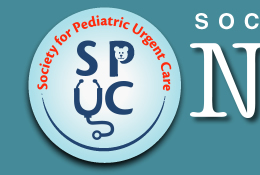

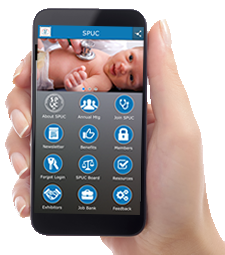

 Institutional Sponsor:
Institutional Sponsor: